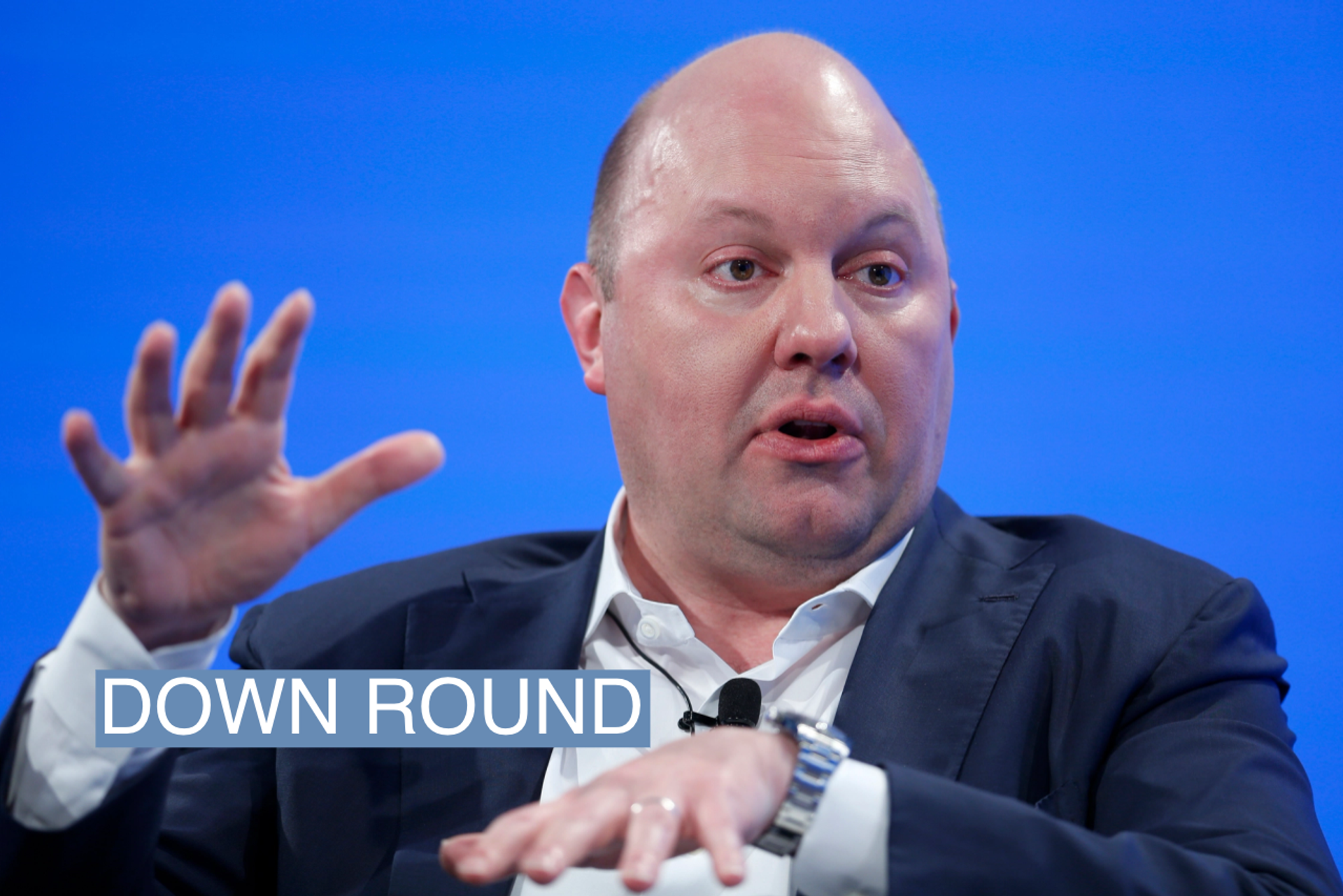The Scoop
Venture capital firm Andreessen Horowitz turned down opportunities to invest in FTX, the failed exchange that has roiled the crypto market, according to three people with knowledge of the matter.
These people say that FTX founder Sam Bankman-Fried, who resigned as CEO last week when his crypto exchange filed for bankruptcy, pitched Andreessen directly on an investment, but the venture capitalist declined in each funding round.
While the FTX meltdown has spread throughout the digital asset industry — contributing to a more than 70% drop in the crypto market’s total value from a year ago to $826 billion — Andreessen’s big bets in the space are still up, according to documents reviewed by Semafor. That’s because it was able to sell a portion of tokens it held as part of its investments before the downturn.
By the first quarter of this year, Andreessen’s first crypto fund, with $356 million in assets under management, had returned nearly five times the initial investment to the backers of that portfolio, according to the documents, which have not been disclosed previously.
Those returns came in the fiat currency known as dollars.
That means that even if all of the firm’s investments in crypto go to zero, the fund’s investors will still get at least five times their initial investment — a successful return.
Andreessen’s “paper” returns, which is what the firm expects to eventually recoup, was marked at nearly 15 times at the beginning of 2022, according to the documents. With the market rout that began earlier this year and now the collapse of FTX, the fund is almost certainly lower than it was at the start of 2022. But it is still on track to be one of the most successful in the firm’s history, according to people with knowledge of the matter.
Andreessen declined to comment.
The firm was already an investor in competing exchange Coinbase when Bankman-Fried pitched Andreessen. While it’s unusual for venture firms to back competitors, one person with knowledge of the matter said that there was hesitancy to invest in FTX, in part because Andreessen partners did not trust Bankman-Fried.
Andreessen never got as far as conducting due diligence on FTX, but the company’s lack of a traditional board of directors and headquarters outside the U.S. would have raised questions, this person said.
Bankman-Fried, an investor in Semafor, and FTX declined to comment.

Andreessen Horowitz was one of the first venture firms to bet big on crypto with its first fund in 2018, led by partners Chris Dixon and Katie Haun. Haun has since left to start her own firm.
Andreessen’s investments in crypto companies like OpenSea and Dapper Labs are not like traditional venture investments. Instead of receiving only shares in the company, it often receives “token rights,” or the ability to purchase any crypto assets produced by the company.
In these deals, Andreessen agrees to hold those tokens for a period of time and is able to sell them at predetermined intervals. Token rights have helped the firm return cash to limited partners like pension funds and endowments, according to people familiar with the matter.
The equity Andreessen holds in its crypto investments may also reap financial returns, albeit on a longer-term horizon. The firm led a $25 million funding round in Coinbase in 2013. That investment paid off, but not until the crypto exchange went public last year at a $100 billion valuation.
In this article:
Reed’s view
Andreessen’s returns show just how quickly and massively the value of cryptocurrencies grew in recent years. Andreessen sold just a small portion of the tokens it accumulated as part of its crypto investment strategy and was able to return five times its entire investment.
What’s even more surprising about these returns is that Andreessen still holds a significant amount of the shares and tokens in these companies, which means investors are still receiving cash payments on those investments years later. If Andreessen had been able to unload even more of its stock at the height of the crypto bubble, the returns could have been many times greater.
The documents I reviewed show that Andreessen still retains a large stake in those investments.
Room for Disagreement
Critics of the crypto industry might see this as evidence that Andreessen’s crypto fund isn’t so much venture capital as it is financial speculation.
Andreessen bet on a hot crypto market early and got some of its money out before it crashed. The losers are the retail investors who got in late and didn’t get out soon enough, sacrificing their investments.
The FTX bankruptcy alone could have up to 1 million creditors, reflecting people who lost money and can no longer access their funds.
Contact
Want to pass along a tip or feedback? Write to me at reed@semafor.com.